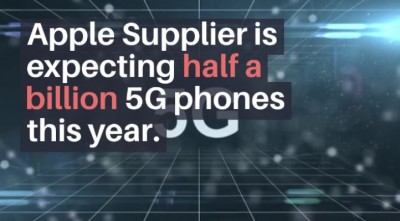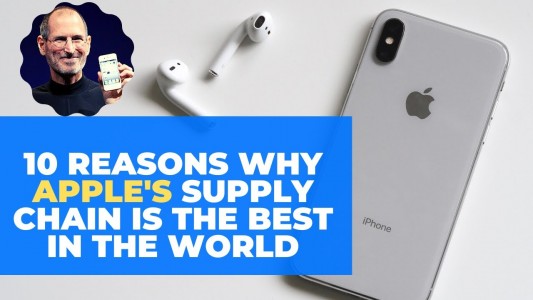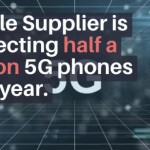Retail success depends on client satisfaction, so it makes sense that success in the supply chain is also closely linked to happy customers.
Here are four customer-centric supply chain secrets that will help drive sales by keeping your customers at the top of their minds.
1. Always Deliver on-time
Customers always want their products delivered on-time and easily. This is why Amazon’s announcement of a one-day delivery earlier this year was well appreciated by its customers.
Customer loyalty is founded on confidence. One missed delivery can undermine that trust and cost you a good customer. customers than to retain existing ones. But, it is much more expensive to gain new customers than to retain existing ones.
In order to build and maintain trust and encourage repeat business, it is vital to fulfil that promise and the expectations you have set with your clients when it comes to your delivery promise.
Here are five ways businesses maximize on-time delivery and reliably meet their customers’ delivery promises:
1. Diversity in delivery options
2. Proactive order management and recovery
3. Capacity forecast sharing with carriers
4. Carrier allocation management
5. Online appointment scheduling
2. Using technology to increase visibility and track inventory
In order to automate warehouse operations and ultimately fulfil today’s customer needs, technology is necessary. Beyond automation, warehouse management systems (WMS) have advantages.
A WMS speeds up procedures and makes a warehouse less vulnerable to mistakes, but it also provides greater insight into the management of the facility. And the secret to customer loyalty is increasing visibility across the supply chain.
The time between placing an order online and receiving the delivery was a black box for customers many years ago. Now, to give visibility into order status, it’s close table stakes. Coupled with the WMS, order tracking systems establish clarity and enhance customer loyalty and provide companies with key data.
3. Increase the speed of distribution with on-demand fulfilment
On-demand fulfilment helps companies add to and scale their distribution networks, whether it is for peak seasons, temporary promotions, entering a new market, or ongoing operations. In doing so, delivery centres are closer to end consumers, reducing the last mile of transport and improving customer satisfaction with shorter delivery times.
4. Fulfill client demand with an agile inventory plan
Inventory management is a constant challenge, but a vital shift in how inventory is managed is motivated by today’s customers. Meeting customer requirements for quick, inexpensive distribution means getting stock closer to your end users, yes, but the results are a warehousing and fulfilment centre network that is more dispersed. And that needs more variation in how to assign inventory.
But, there isn’t a better option. It does not inspire consumer loyalty to skip the delivery dates you have promised or have out-of-stocks. Retailers are still trying to find an optimum balance between surplus inventory and out-of-stock inventory situations. Agility enables supply chain participants to work together, not based on weekly, monthly, or annual projections, to deliver the amount of product required daily.












